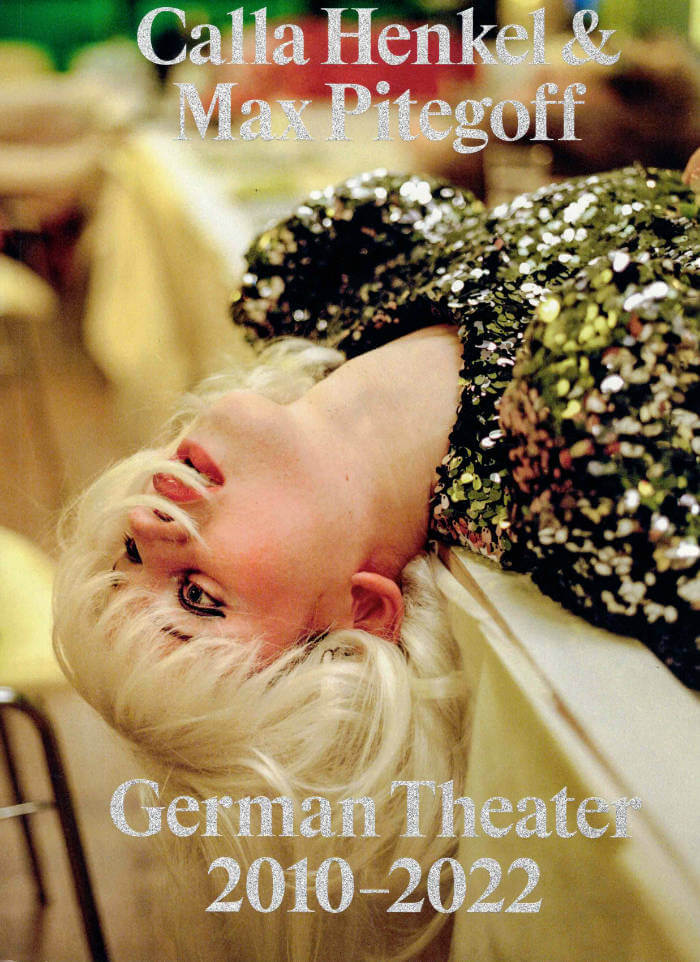
Auditing Intimacy
Office for Joint Administrative Intelligence
Auditing Intimacy is a collection of postal correspondence, photographs and declassified documents produced by Chris Dreier and Gary Farrelly between 2015 and 2020 under the banner of their shared practice The Office for Joint Administrative Intelligence. In a spirit of transparency and full disclosure, the publication contains a certified, independent and critical audit of the practice by Alicja Melzacka. The project was undertaken to commemorate the fifth anniversary of O.J.A.I.
Edited by Chris Dreier and Gary Farrelly
Artworks by Chris Dreier and Gary Farrelly
Essay by Alicja Melzacka
Design by Zero Desk
Documentation by Pauline Miko
Published by Fantôme Verlag
174 pages
Office for Joint Administrative Intelligence is the collaborative practice of artists Chris Dreier (DE) and Gary Farrelly (IRE/BE). The work is fuelled by a recurring obsession with architecture, infrastructure, finance, institutional power and DIY ritualism. O.J.A.I. pursues a strategy of self-institutionalisation where tools and codified rules of engagement are appropriated from economic and political infrastructures for the purposes of structuring intimacy and conjuring autonomy.
Published in 2021 174 pages




